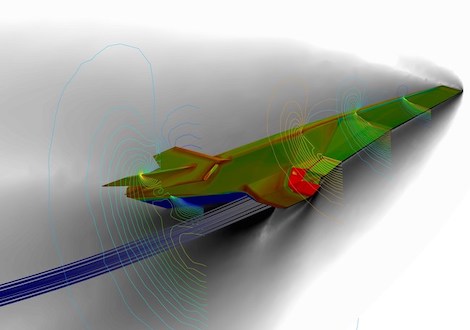
To engineer the US military’s next-generation missile defence system, Analytical Graphics and Ansys are incorporating high-fidelity, multiphysics simulations with multi-domain mission-level modelling into early stages of missile defence system development.
This move will effectively enable the system to find, track and eliminate high-speed, highly manoeuvrable hypersonic weapons.
Despite sounding like an easter egg from the new Top Gun movie, Analytical Graphics has embedded Ansys’ high-fidelity, physics-based component models within its own expansive, multi-domain mission-level modelling.
According to Analytical Graphics , this will provide an ‘integrated system across key engineering and mission analyses will eliminate problematic engineering bottlenecks’.
Physics-based solvers will expedite the missile defence system development by being able to predict communication blackouts, forecasting vehicle trajectory and altitude control, calculating thermal field effects on antenna performance, and analysing other scenarios [which probably involve Tom Cruise].
“Historically, system development has been compartmentalised, with components developed within black box silos. Counter-hypersonics requires the connection of these black box systems at design inception,” said Analytical Graphics VP of engineering Kevin Flood.
“AGI and ANSYS look forward to interconnecting these systems, incorporating a high level of engineering fidelity into their architecture analysis and mission analysis.”
“With this partnership the same high-fidelity physics models that our customers use to reduce design time, enhance reliability and streamline maintenance operations can now be leveraged to increase the accuracy of mission level modeling and simulations as well,” said Ansys VP Federal, Aerospace and Defense Joseph Cole.






